How To Get A Credit Card When You Have Bad Credit
Bad credit can happen to good people. A low credit score doesn’t mean you’re any less intelligent or important than someone with good credit. But it does often make life harder, whether you want to borrow money, rent an apartment or open a cellphone account.
One of the best ways to build good credit is to use a credit card. But how are you supposed to qualify for a credit card when your credit’s in rough shape? You might be surprised to learn it is possible.
Are There Credit Cards For Bad Credit?
Traditional credit cards aren’t completely off-limits just because you have bad credit, said Jacob Lunduski, an industry analyst at Credit Card Insider. Your credit score is just one piece of the puzzle.
“Card issuers take several elements into account when deciding if you’ll be approved or not, including your income, if you own a home or if you’re employed,” he said.
Lunduski recommends the Journey Student Credit Card from Capital One, which is a rewards card designed for people with lower credit scores or a limited credit history. Unlike other student credit cards, you don’t have to be going to school to apply.
But not all credit cards for bad credit are a smart choice. Most are actually terrible products, said Michael Cetera, a credit analyst for FitSmallBusiness.com.
“They’re full of fees and other gotchas,” he said.
“When shopping for a credit card for bad credit, steer clear of any card that charges a processing fee to open the card, a monthly fee or a sliding annual fee,” Cetera said. He also warned against applying for any card that charges interest rates north of 30 percent.
In fact, if you have bad credit, a traditional credit card might not be the way to go. But that doesn’t mean you’re out of options.
Try A Secured Credit Card
Cetera said your primary goal should be to find a card that allows you to use it responsibly without digging a bigger hole. A secured credit card could help you do just that.
These cards are designed for people with less-than-great credit and can be easier to qualify for than a traditional credit card. Instead of receiving a line of credit that you borrow against, a secured card requires you to pay a deposit upfront, thereby securing a line of credit with collateral.
The deposit on secured cards is usually at least $250, said Ashley F. Morgan, a debt and bankruptcy attorney in northern Virginia. “The lending institution then gives you a credit card with a credit limit of $250,” she explained. “You use this card like a normal credit card, spending and paying the bill every month.”
In many cases, this activity is then reported to the three major credit bureaus and helps build your credit over time. Not all secured cards report to the bureaus, though, so it’s always a good idea to double-check.
“After about a year of paying on time and using the card responsibly, most lenders will re-evaluate your situation and either up your credit limit with no additional deposit, convert your card to an traditional unsecured card or offer one of their unsecured cards,” Morgan said.
Lunduski recommends the Discover it Secured credit card, which lets you earn rewards on your spending. For example, you can earn 2 percent cash back at restaurants and on gas. Plus, the card will double your cash back at the end of your first year, Lunduski noted. Another bonus is that there’s no annual fee.
Get Your Credit Back In Shape
Of course, getting your hands on one of these cards is only a good idea if you manage it well and use it to improve your credit over time.
“You have to think of a credit card as a tool to build your credit, not a tool for spending,” Morgan said. “If you don’t follow that mentality, a credit card can be dangerous.”
So how can you use your credit card to your benefit?
Limit your spending. Keep your card at home and in a place that’s difficult to access, Morgan suggested. This can keep your spending low and help you avoid racking up more debt that you can handle. “Set up one or two bills to be paid on the credit card each month, and then authorize auto payment from your bank to your credit card,” she said.
Never miss a payment. Your payment history is the most important factor that affects your credit, accounting for 35 percent of your total score. Just one late or skipped payment can have a serious, negative impact on your score. “Pay your credit card bill by the due date,” Cetera said. “Every. Time. Maintain a positive track record of on-time payments, and watch your score rise over time.”
Pay off your whole balance. Your credit card bill will indicate a minimum amount you’re required to pay, but it’s a good idea to pay your bill in full if you can. “If you can keep the amount you owe versus how much credit you have available relatively low, this will help improve your credit score,” Cetera said. That’s because the amount you owe relative to your available credit ― known as your credit utilization ― makes up 30 percent of your score. Ideally, you should keep your utilization below 30 percent.
Watch out for low credit limits. Most secured cards and credit cards for bad credit come with fairly low limits, but try to avoid cards with extremely low ones. “You should look for a secured card that offers enough credit for your needs,” Cetera said. “Some come with a credit limit as low as $50. A limit that low could make it difficult for you to build up your credit score.”
Again, you want to maintain low credit utilization. “If you have a $50 credit limit and you use $25 worth of it, you’re using half of your available credit limit. … If you have a $500 credit limit and you use $25 worth, you’ll see the difference in your score,” Cetera added.
Related Coverge
13 Little-Known Credit Card Benefits You Might Be Missing Out On
Free Credit Score Guide: How To Check Your FICO and VantageScore At No Cost
5 Things Your Credit Card Company Doesn't Want You To Know
Also on HuffPost
Interest fees
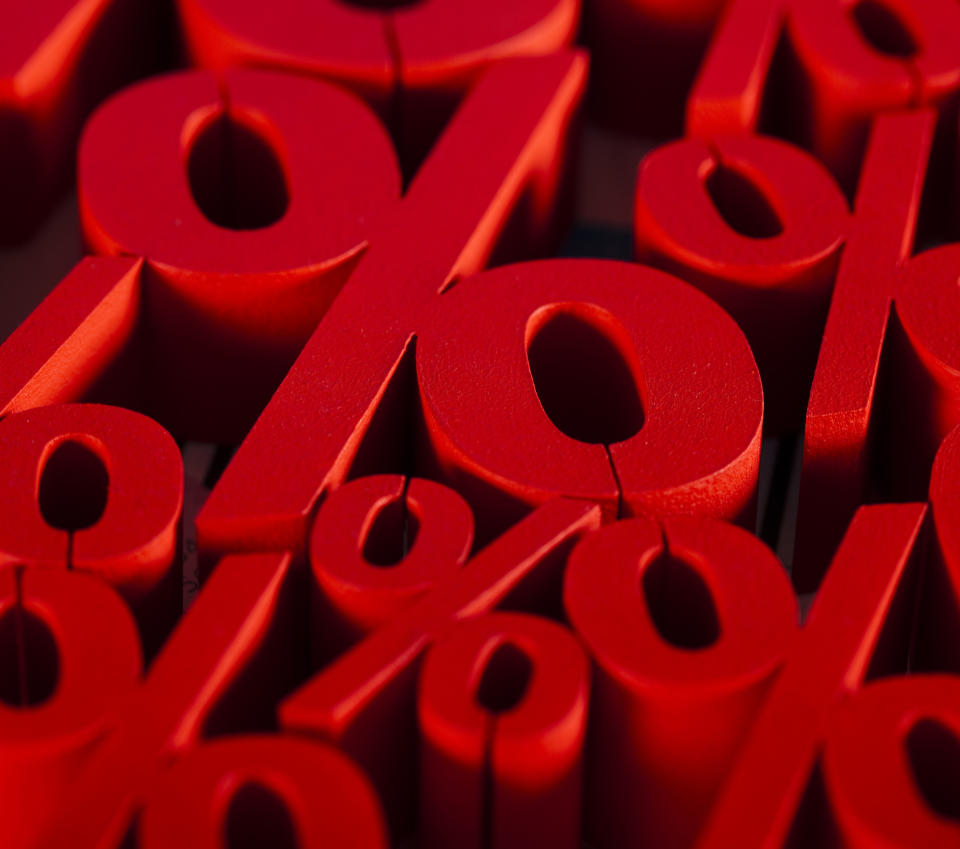
And even more interest fees
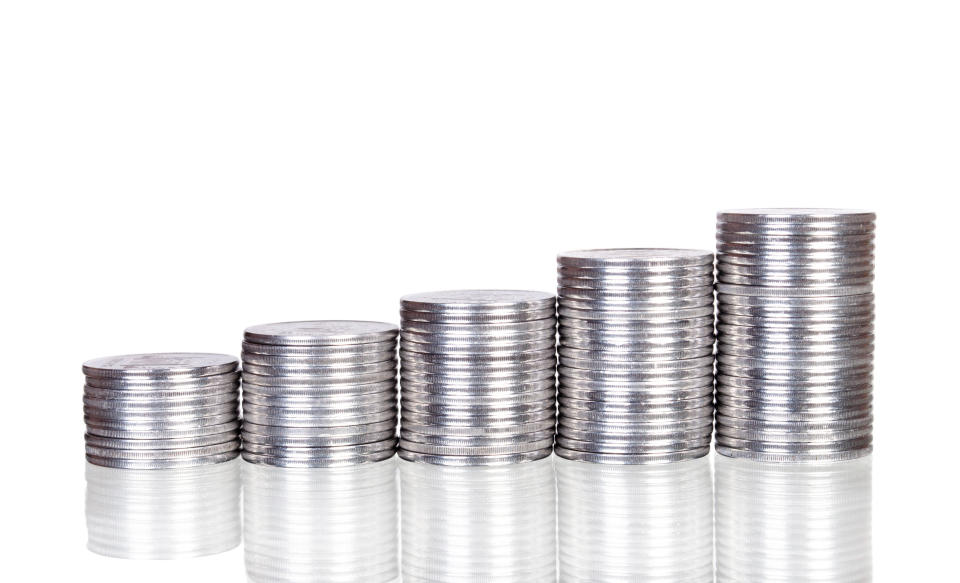
Annual fees

Merchant costs
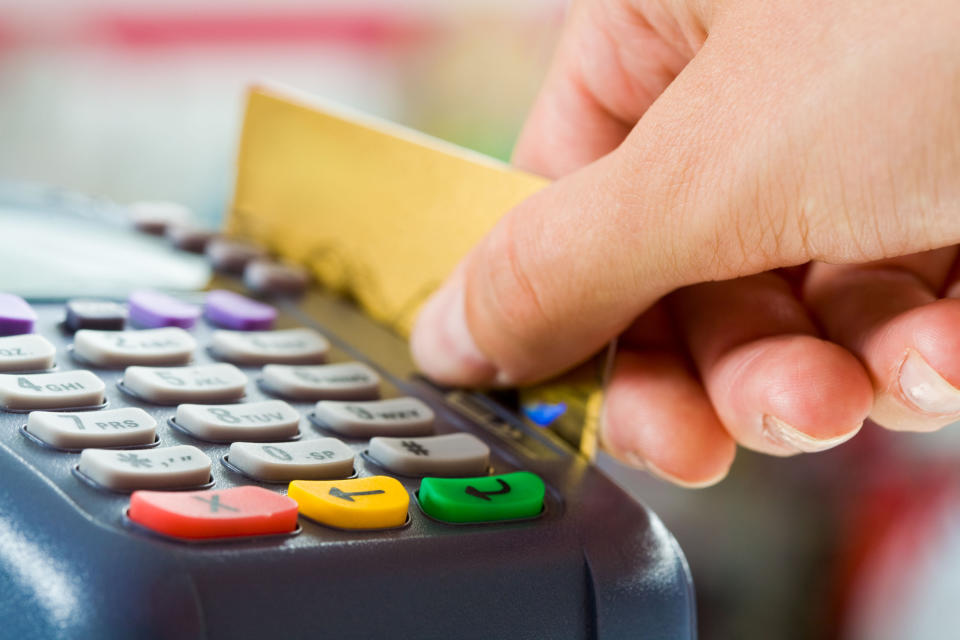
Fraud costs
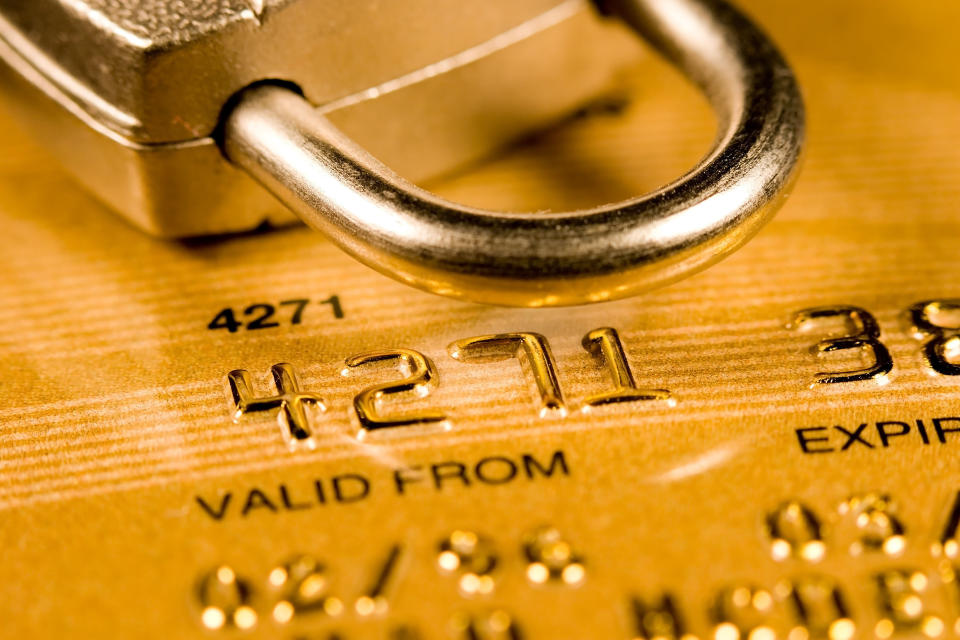
The cost to your credit rating
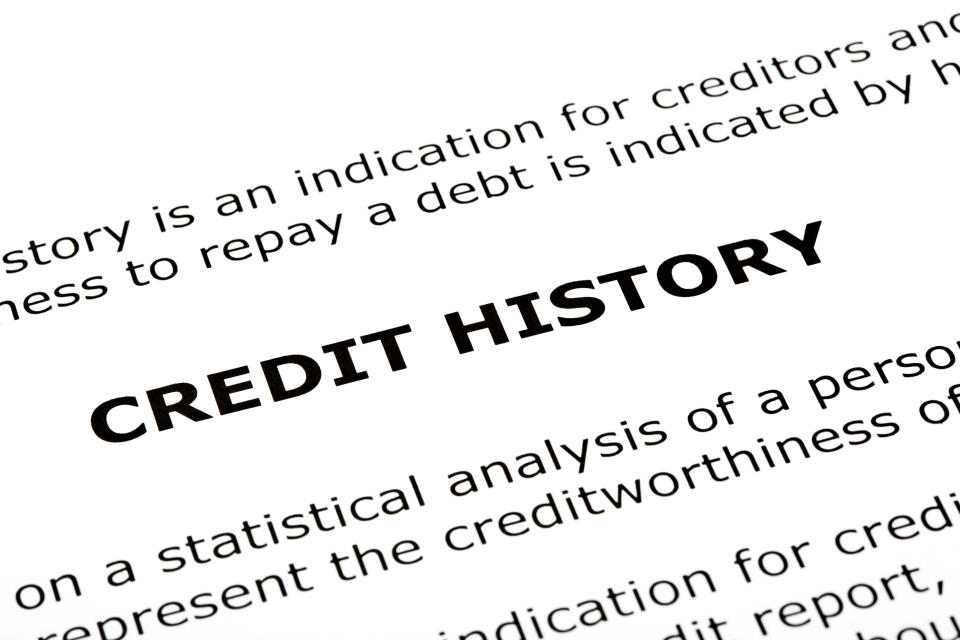
Bottom line: Read the fine print
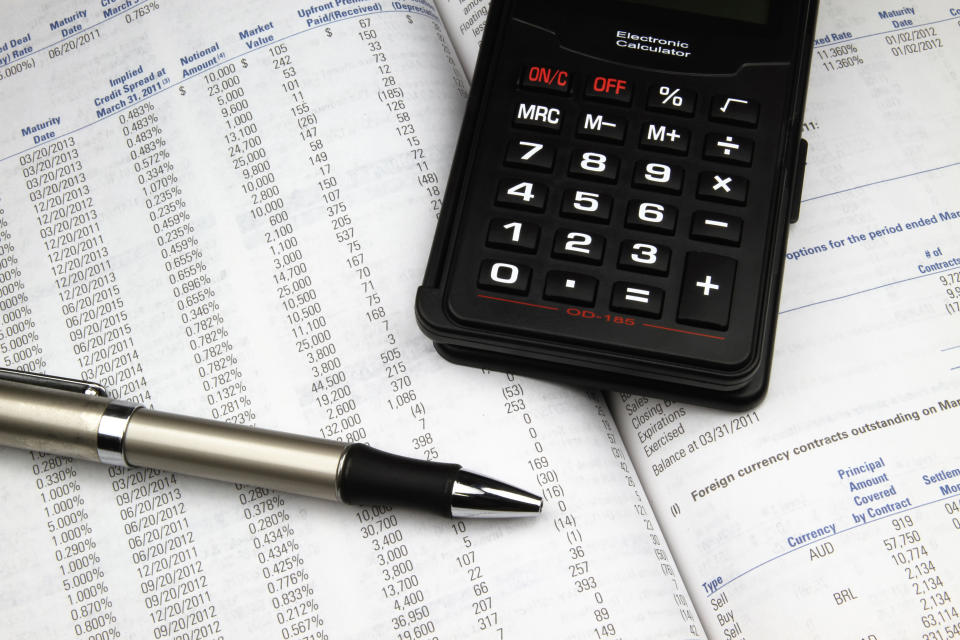
Love HuffPost? Become a founding member of HuffPost Plus today.
This article originally appeared on HuffPost.

